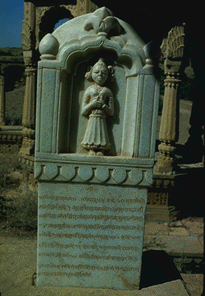
Hindi is the official language of the Republic of India and is spoken by more than 300 million people. It is related to the ancient Sanskrit language, which dates back almost 5,000 years. Other Indian languages derived from Sanskrit are Bengali, Urdu, Punjabi and Nepali.
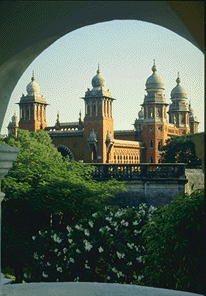
The High Court in Chennai (formerly known as Madras) is one of India’s best examples of building from the British period. Chennai is located in southern India, along the coast of the Bay of Bengal, and is the fourth largest city in the nation. The city’s former name is the shortened form of Madraspatnam, where the British East India Company build a trading post in 1640.
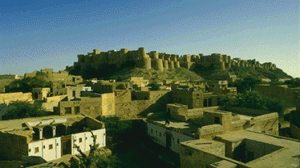
Jaisalmer lies in the Thar Desert region of India, at the crossroads of several trade routes, a location which contributed to the prosperity of the city. To protect their home, the inhabitants constructed massive stone walls with 99 towers; one-fourth of the present-day Jaisalmer is contained within these walls. In modern times, the importance of the overland trade routes has declined, but the beauty of the city has made it a popular tourist attraction.
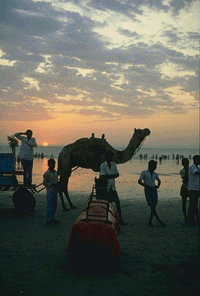
Bombay is India’s major port and is the financial and commercial center of India, as well as a popular destination for tourists visiting India. Among the attractions that draw thousands of tourists to Bombay each year are the Hanging Gardens, where trees and bushes are trimmed into realistic or fantastic shapes.

The Taj Mahal is located in the ancient city of Agra, 110 mi (180 km) south east of Delhi on the Jumna River. One of India’s most famous sites, the Taj Mahal is the burial place of Shah Jahan and his favorite wife, Arjumand Banu Begum. Shah Jahan affectionately called her Mumtaz Mahal, meaning “ornament of the palace.” The name Taj Mahal came from this term of endearment and was given to the mausoleum he built for her after she died in childbirth in 1631.
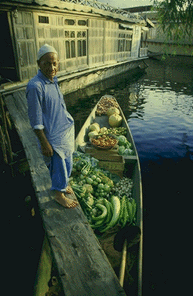
Most villagers in India are farmers. The majority own some land – usually in scattered parcels – but a substantial number must rent all or part of the land they farm, either for cash or for an agreed-upon share of the harvest. Cereal grains are the most common crops, but onions, squash and eggplant are also grown, as are such fruits as bananas, mangoes and melons.
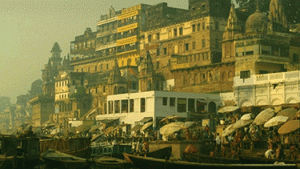
Located in northern India, ancient Varanasi is revered by Hindus as a most sacred city. Situated on the northern bank of the Ganges River, each year more than 1 million Hindu pilgrims visit the city; the Ganges River frontage has miles of ghats, or steps, for religious bathing, and hundreds of shrines and temples. The older city sections are a maze of narrow streets full of little shops.

The Himalayan mountain range forms the northern border of India, reaching heights of more than 24,000 feet (7,300 meters) and towering over the Indian region of Kashmir and Jammu. The Himalayas affect India’s weather, blocking cold air currents from the north, as well as contributing to the cooling of moist air from the south, producing heavy rains.
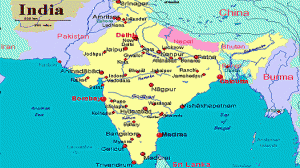
Home to more than 1.2 billion people, the Republic of India is the world’s second-largest country (in terms of population) and its largest democracy. It is also the home of one of the world’s oldest cultures, the Indus Valley Civilization, which flourished as early as 2500 B.C.; in fact, the word “India” is derived from a Sanskrit term that means “dwellers by the Indus River.”
